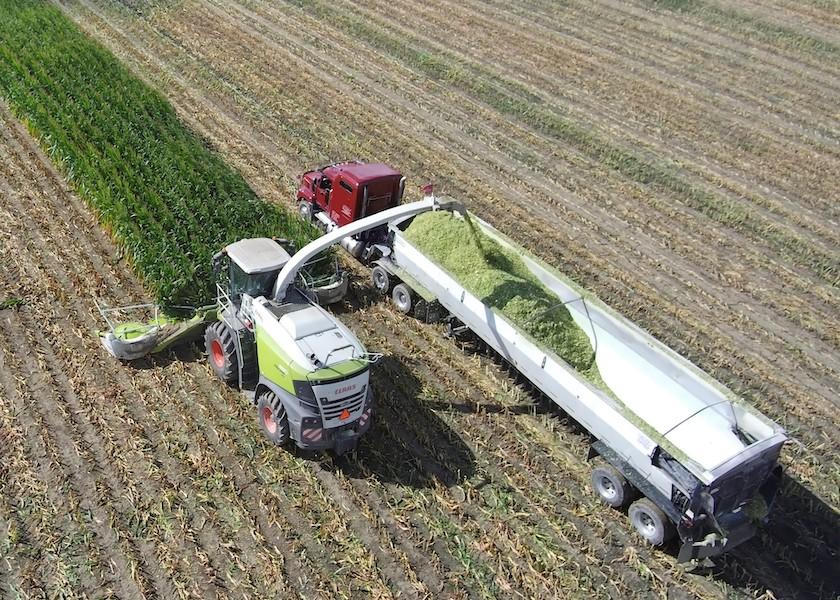Put a True Value on Corn Silage

When corn silage is grown to be sold, it is understandable that an agreed-upon price is essential. However, putting a value on corn silage, even when it never leaves the farm is also necessary. Independent business financial consultant, Gary Sipiorski, says that most farms do not put any kind of a cost on planting corn for silage or alfalfa for hay – and they really ought to.
“It takes serious enterprising for the farm to expense and track the true costs,” Sipiorski says.
Simple Math
The University of Wisconsin – Madison Dairy Extension Team says that the price assigned to the corn silage will be a big factor in calculating how much it costs to feed a cow or replacement heifer. A “quick and dirty” method to determine the price of corn silage is simply multiplying the price of a bushel of corn grain by a factor of 8-10. However, the costs of production also can be difficult to estimate since the cost is different for corn used as grain versus corn silage.
According to Sipiorski, a simple example is if it costs $1,150 per acre to plant corn for corn silage and the yield is 30 tons/acre. The cost is $38.34 per ton. For alfalfa hay, the example would be if it costs $1,000/acre, divided by 3 years of a crop, divided by 5 tons per year harvested equals $66.67 per ton costs.
“A common value for the balance sheet for lenders is $35/ton for corn silage and $45/ton for haylage considering the moisture in haylage vs. hay,” Sipiorski says. “These numbers can vary a lot depending on seed, fertilizer costs, rent, amount of manure applied, harvest costs and shrink from the field and in the bunkers.”
Sipiorski explains that the real shrinkage can be as high as 20%, which is the total loss from the field to the cow. “A true definition of shrink is ‘how much loss there is from the plant in the field through the process of harvest, storage, loading the TMR and then what ends up in the rumen,’” he says.
Sipiorski says that dairy farmers will have to start giving some real consideration to the cost of raising crops with inflation and rising costs in general. He underscores the top 30% of dairy producers in the U.S. earn $1.25 per cwt. more versus the average producer. He states that the top producers truly need to understand their balance sheet, including their feed costs.
“Feed costs will fall between 20-60% of your gross income. The variation of the range depends on how much feed you produce yourself. Feed is the biggest cost to a dairy and each farm needs to individually evaluate depending on variables such as needs and forage quality,” Sipiorski says.
So, yes, while many producers’ corn silage never leaves the farm and never gets sold, it is still advised to put a figure on the forages to not only update your farm’s balance sheet, cash flows, operating expenses, but also so you truly know your cost of production, including feed costs.







